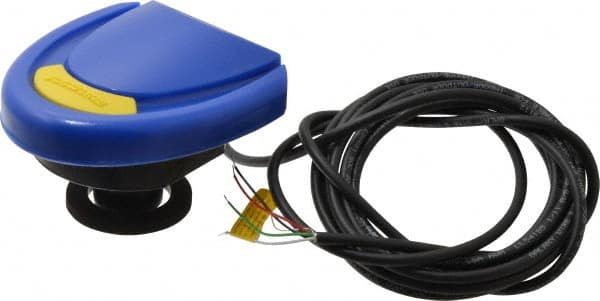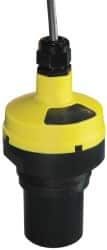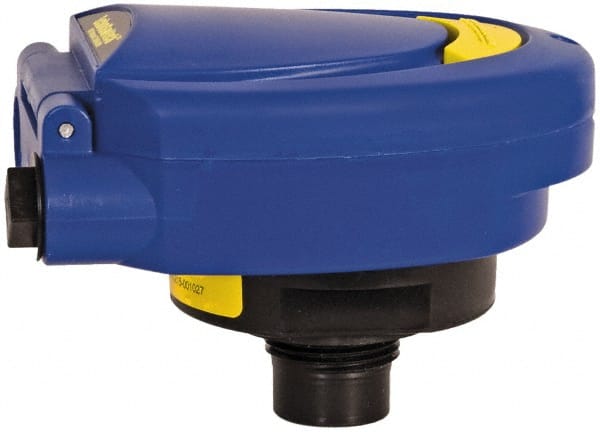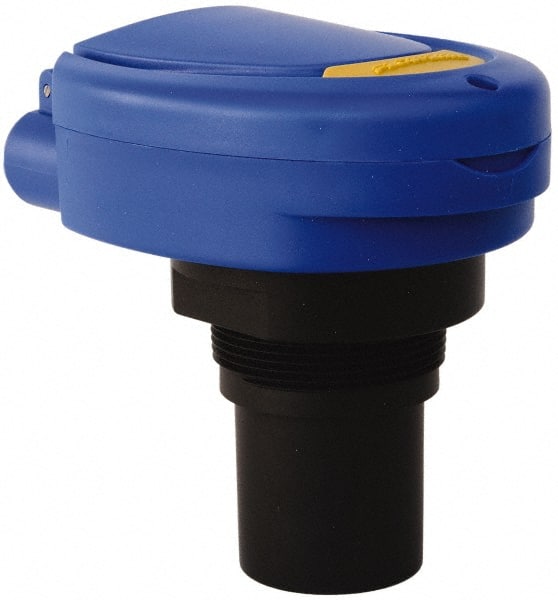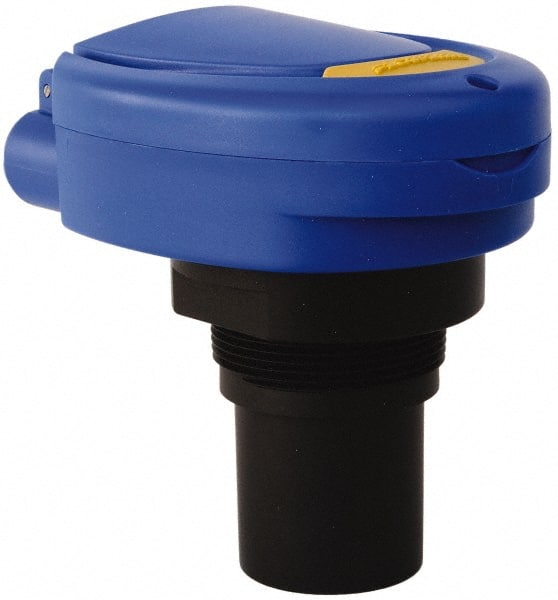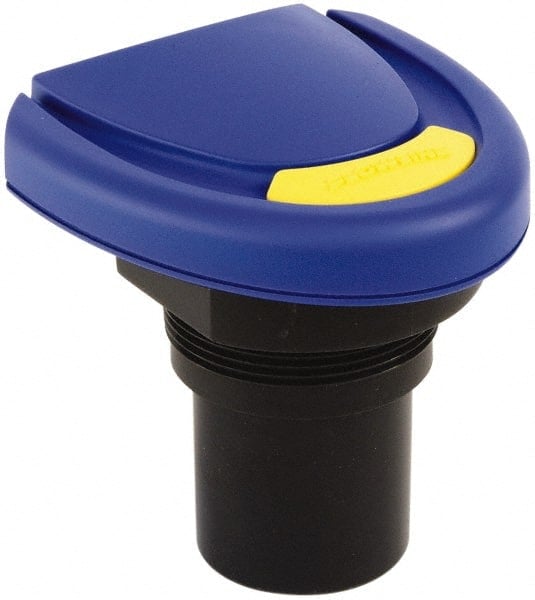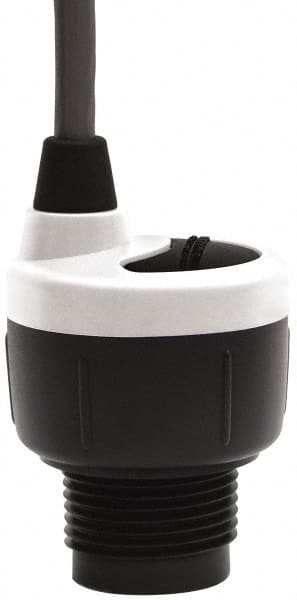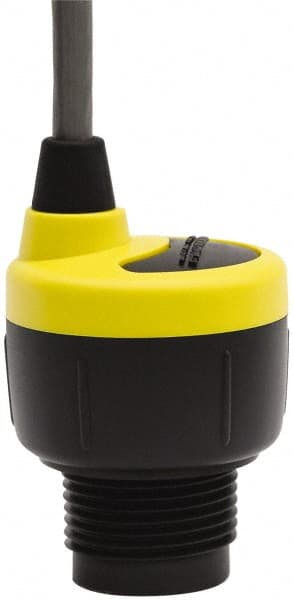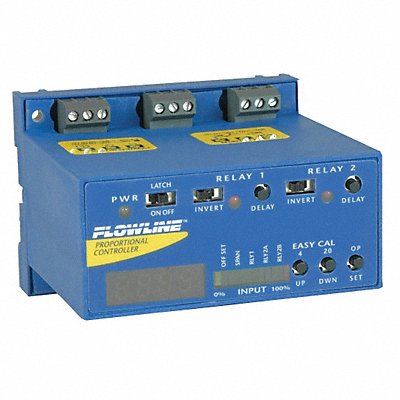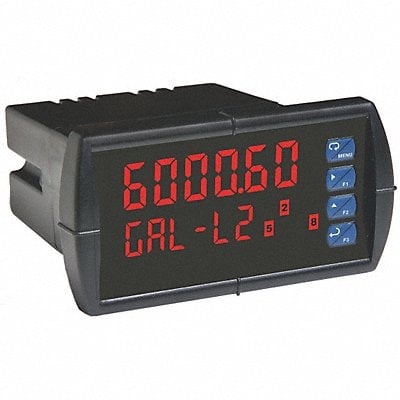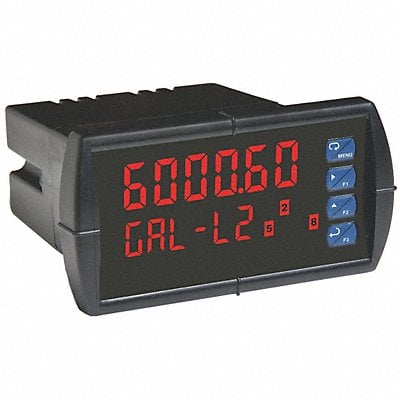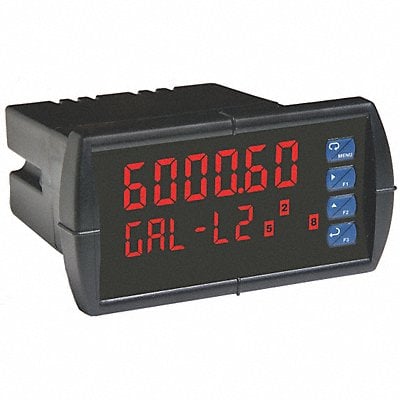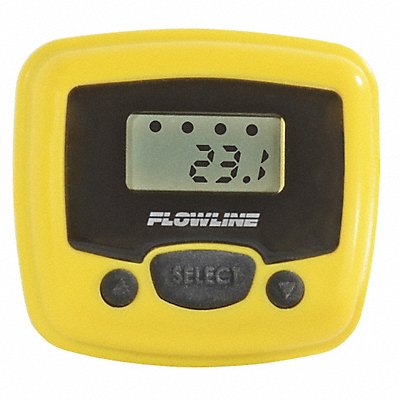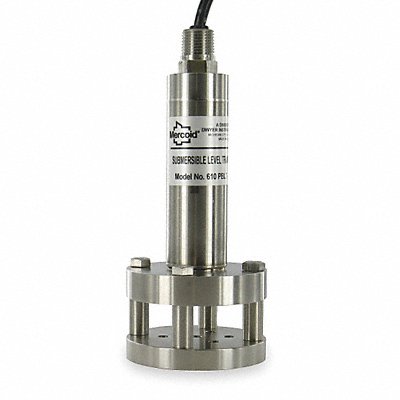The Ultimate Guide to Liquid Level Transmitters: What You Need to Know
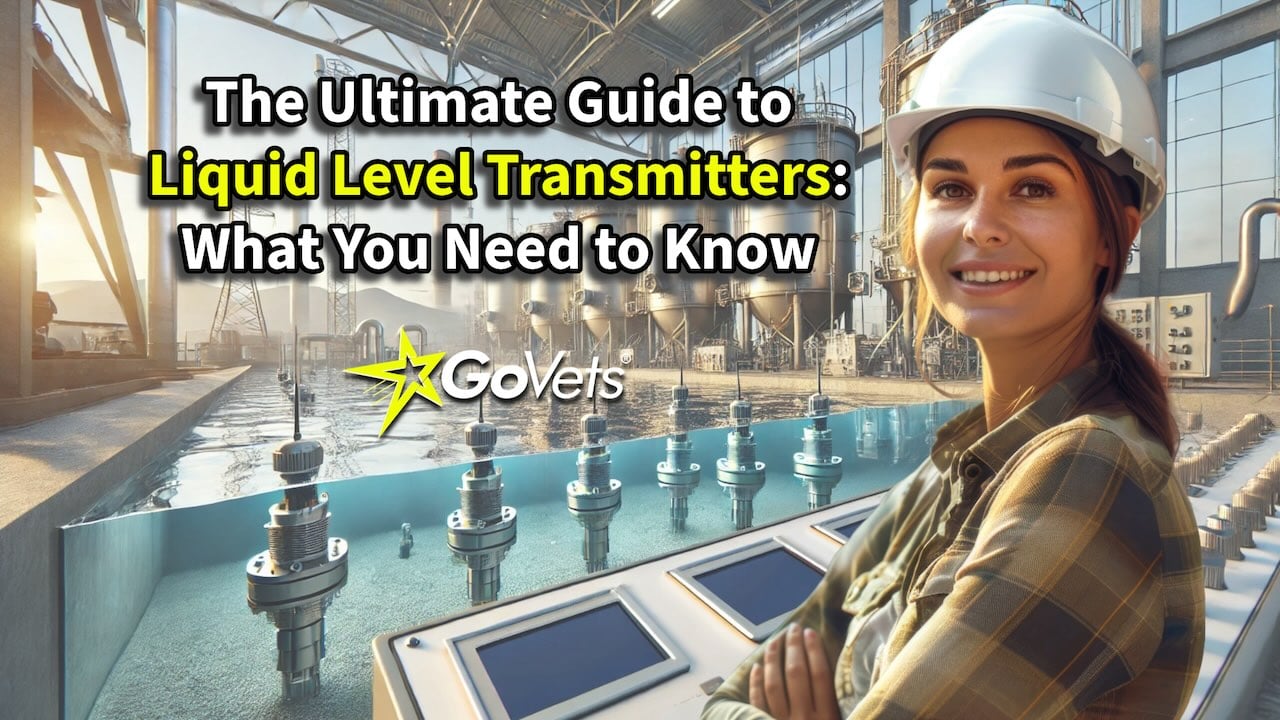
Overview
In industries where precision and accuracy are critical, understanding the technology behind Liquid Level Transmitters is essential. These devices are fundamental in ensuring accurate measurement of liquid levels across various applications, from industrial processes to environmental monitoring. This guide delves into the world of Liquid Level Transmitters, Liquid Level Transmitter Displays, and Submersible Level Transmitters to help you make informed decisions.
Table of Contents
2. Liquid Level Transmitter Displays
3. Submersible Level Transmitters
1. Liquid Level Transmitters
Overview
Liquid Level Transmitters are devices used to measure and monitor the level of liquids in various containers, tanks, and reservoirs. These instruments are crucial in ensuring that liquid levels are maintained within desired limits, thereby preventing overflow, spillage, or inadequate supply.
Top Applications (Top 5)
- Chemical Processing Plants: Ensure precise chemical mixing and prevent overflows.
- Water Treatment Facilities: Monitor water levels to maintain system efficiency.
- Oil & Gas Industry: Measure the levels in storage tanks to prevent spills.
- Food & Beverage Industry: Monitor liquid ingredients to ensure product consistency.
- Pharmaceutical Manufacturing: Maintain accurate measurements of liquid ingredients in production processes.
Top 5 Reasons to Use Liquid Level Transmitters
- High Precision: Offers accurate measurement of liquid levels, crucial for process control.
- Versatility: Suitable for various liquids including water, chemicals, and oils.
- Real-Time Monitoring: Provides continuous data for efficient process management.
- Safety Compliance: Helps in adhering to safety standards by preventing spills and leaks.
- Cost-Efficiency: Reduces manual monitoring, saving time and labor costs.
Top 10 FAQs and Answers
-
What types of Liquid Level Transmitters are available?
There are ultrasonic, radar, and capacitive transmitters, each suited for different applications. -
How accurate are Liquid Level Transmitters?
Accuracy varies by type, with most modern transmitters offering accuracy within 0.1%. -
Can they be used in harsh environments?
Yes, especially those designed with robust materials for industrial settings. -
Do they require regular maintenance?
Minimal maintenance is needed, primarily periodic calibration. -
Are they compatible with digital systems?
Most transmitters integrate seamlessly with SCADA and other digital monitoring systems. -
What is the typical lifespan of these transmitters?
With proper maintenance, they can last 10-15 years. -
Can they be used in high-temperature environments?
Yes, certain models are designed to withstand high temperatures. -
How do they handle viscous liquids?
Radar and ultrasonic transmitters are ideal for measuring viscous liquids. -
Are there wireless options available?
Yes, wireless transmitters are available for remote monitoring. -
How are these transmitters powered?
They typically operate on AC power, but battery-operated models are also available.
Top 5 Product Add-Ons When Buying These Items
- Calibration Kits: Essential for maintaining accuracy over time.
- Mounting Brackets: For secure and optimal placement in tanks or reservoirs.
- Display Units: To provide a visual representation of liquid levels.
- Data Loggers: For recording and analyzing historical data.
- Protective Enclosures: To safeguard the transmitter in harsh environments.
Product Recommendation:
-
FlowlineSpecial Price $828.49 Regular Price $1428.24This product is sold in increments of 1
-
FlowlineSpecial Price $879.29 Regular Price $1320.49This product is sold in increments of 1
-
FlowlineSpecial Price $827.79 Regular Price $1090.8This product is sold in increments of 1
-
FlowlineSpecial Price $1260.49 Regular Price $1696.9This product is sold in increments of 1
-
FlowlineSpecial Price $1132.79 Regular Price $1544.27This product is sold in increments of 1
-
FlowlineSpecial Price $1227.49 Regular Price $1532.71This product is sold in increments of 1
-
FlowlineSpecial Price $473.79 Regular Price $688.48This product is sold in increments of 1
-
FlowlineSpecial Price $677.49 Regular Price $940.33This product is sold in increments of 1
2. Liquid Level Transmitter Displays
Overview
Liquid Level Transmitter Displays are essential accessories for level transmitters, providing real-time readouts of liquid levels. These displays allow operators to monitor liquid levels at a glance, ensuring that systems operate within safe and optimal parameters.
Top Applications (Top 5)
- Water Treatment Systems: For real-time monitoring of water levels in treatment tanks.
- Industrial Manufacturing: To maintain constant oversight of liquid levels in production processes.
- Oil & Gas Storage: Monitoring of storage tanks to prevent spills or shortages.
- Pharmaceutical Production: Ensuring accurate liquid levels in production processes.
- Food & Beverage Industry: Monitoring of ingredient levels to ensure consistency in products.
Top 5 Reasons to Use Liquid Level Transmitter Displays
- Instant Feedback: Provides real-time data to operators for immediate action.
- Improved Safety: Visual alerts can help prevent overflow and underfill situations.
- Ease of Use: User-friendly interfaces make it easy to interpret data.
- Integration: Can be easily integrated with existing liquid level transmitters.
- Data Logging Capabilities: Some displays offer built-in data logging for analysis.
Top 10 FAQs and Answers
-
Are these displays compatible with all types of transmitters?
Most displays are designed to be compatible with a wide range of transmitters. -
Do the displays require calibration?
Yes, occasional calibration may be required to ensure accuracy. -
Can they be used in outdoor environments?
Yes, provided they are enclosed in weather-resistant housings. -
Are there wireless display options?
Yes, some models offer wireless connectivity for remote monitoring. -
What power source do these displays require?
They typically require a standard AC power supply. -
Can the displays store historical data?
Yes, many models have data logging capabilities. -
Do they support alarm systems?
Yes, displays can be configured to trigger alarms when liquid levels are out of range. -
Are the displays easy to install?
Most displays are designed for straightforward installation. -
Can they display data from multiple transmitters?
Yes, some displays can monitor multiple inputs simultaneously. -
What is the lifespan of these displays?
With proper care, they can last for several years, often as long as the transmitters themselves.
Top 5 Product Add-Ons When Buying These Items
- Mounting Hardware: For secure installation on walls or panels.
- Protective Covers: To shield the display from dust and moisture.
- Backup Power Supplies: To ensure continuous operation during power outages.
- Communication Modules: For integration with SCADA systems.
- Custom Interfaces: To tailor the display for specific operational needs.
Product Recommendation:
-
FlowlineSpecial Price $410.99This product is sold in increments of 1
-
FlowlineSpecial Price $564.79This product is sold in increments of 1
-
FlowlineSpecial Price $766.49This product is sold in increments of 1
-
FlowlineSpecial Price $798.49This product is sold in increments of 1
-
FlowlineSpecial Price $229.49This product is sold in increments of 1
3. Submersible Level Transmitters
Overview
Submersible Level Transmitters are specialized devices designed to measure the level of liquids in environments where the transmitter must be fully submerged. They are commonly used in harsh conditions such as water treatment facilities, groundwater monitoring, and deep-well applications.
Top Applications (Top 5)
- Groundwater Monitoring: Essential for measuring water levels in wells and boreholes.
- Wastewater Treatment: Monitors levels in tanks and treatment ponds.
- Oil & Gas Extraction: Used in offshore and onshore drilling to measure fluid levels.
- Environmental Monitoring: Tracks changes in water bodies, rivers, and lakes.
- Marine Applications: Monitors ballast tanks and other submerged containers.
Top 5 Reasons to Use Submersible Level Transmitters
- Durability: Built to withstand harsh environments, including corrosive liquids.
- Accuracy: Provides precise measurements even under challenging conditions.
- Versatility: Suitable for various applications, from environmental monitoring to industrial use.
- Ease of Installation: Can be easily deployed in most liquid environments.
- Long-Term Stability: Designed for reliable performance over extended periods.
Top 10 FAQs and Answers
-
What materials are Submersible Level Transmitters made from?
Typically constructed from stainless steel or other corrosion-resistant materials. -
Can they be used in highly acidic or alkaline liquids?
Yes, with the appropriate material selection, they can handle various pH levels.
-
How deep can these transmitters be submerged?
Depth ratings vary, with some models capable of submersion up to several hundred meters. -
Do Submersible Level Transmitters require regular maintenance?
Generally, they require minimal maintenance, primarily occasional cleaning and calibration depending on the operating environment. -
Are these transmitters affected by temperature changes?
They are designed to operate accurately across a wide range of temperatures, but extreme conditions may require specific models with temperature compensation. -
Can they be used in environments with high levels of sediment?
Yes, but it's important to select a model with an appropriate protective cap or filter to prevent clogging. -
What kind of output signal do they provide?
Most submersible level transmitters provide a standard 4-20 mA output, compatible with most control systems. -
How are these transmitters powered?
They are typically powered by the loop power from the control system, requiring no separate power supply. -
Can they be integrated with SCADA systems?
Yes, they can be integrated with SCADA and other remote monitoring systems for real-time data transmission. -
What is the lifespan of a Submersible Level Transmitter?
With proper use and maintenance, these transmitters can last up to 10-15 years or more, depending on the environment.
Top 5 Product Add-Ons When Buying These Items
- Protective Sleeves: To prevent damage from debris or sediment.
- Desiccant Packs: For moisture protection in the transmitter’s vent tube.
- Cable Extensions: To ensure the transmitter can reach the desired depth.
- Data Loggers: For recording level data over time for analysis.
- Mounting Brackets: To secure the transmitter in wells or tanks.
Product Recommendation:
-
AshcroftSpecial Price $1262.29This product is sold in increments of 1
-
AshcroftSpecial Price $879.49This product is sold in increments of 1
-
AshcroftSpecial Price $879.49This product is sold in increments of 1
-
AshcroftSpecial Price $1870.29This product is sold in increments of 1
-
AshcroftSpecial Price $1045.99This product is sold in increments of 1
-
AshcroftSpecial Price $1208.99This product is sold in increments of 1
-
AshcroftSpecial Price $1140.29This product is sold in increments of 1
-
MercoidSpecial Price $1072.29This product is sold in increments of 1
Additional Recommendations
For a broader understanding of various level measurement tools, including tank level gauges and liquid level indicators, check out our Comprehensive Guide to Tank Level Gauges and Liquid Level Indicators.
Conclusion
Understanding the role and functionality of Liquid Level Transmitters, Liquid Level Transmitter Displays, and Submersible Level Transmitters is crucial for ensuring operational efficiency in various industrial and environmental applications. These devices not only provide accurate measurements and real-time monitoring but also help in maintaining safety and compliance with industry regulations.
Whether you’re involved in water treatment, oil and gas, environmental monitoring, or any other industry requiring precise liquid level management, selecting the right transmitter and associated display is vital. Investing in the right technology can significantly enhance your operation's efficiency and safety.
Explore the wide range of liquid level measurement solutions available at GoVets, where you’ll find top-quality products to meet all your needs. With our comprehensive selection, you can be confident in finding the perfect fit for your specific application.
Happy shopping!
- Veteran Spotlight
- GoVets Solutions
- Buying Guides & Projects
- Shopping Trends
- Prime Contractor Resources
- Business & Entrepreneur Resources
- GoVets Giving
- Online Security and Shopping Safety
- GoVets Top Selling Products
- Veteran Resources
- Product Spotlights
- Technology Updates
- GoVets Medallion Updates
- Government Updates
- GoVets Capabilities
- Press Releases
- Promotion Updates
- Industry Trends


